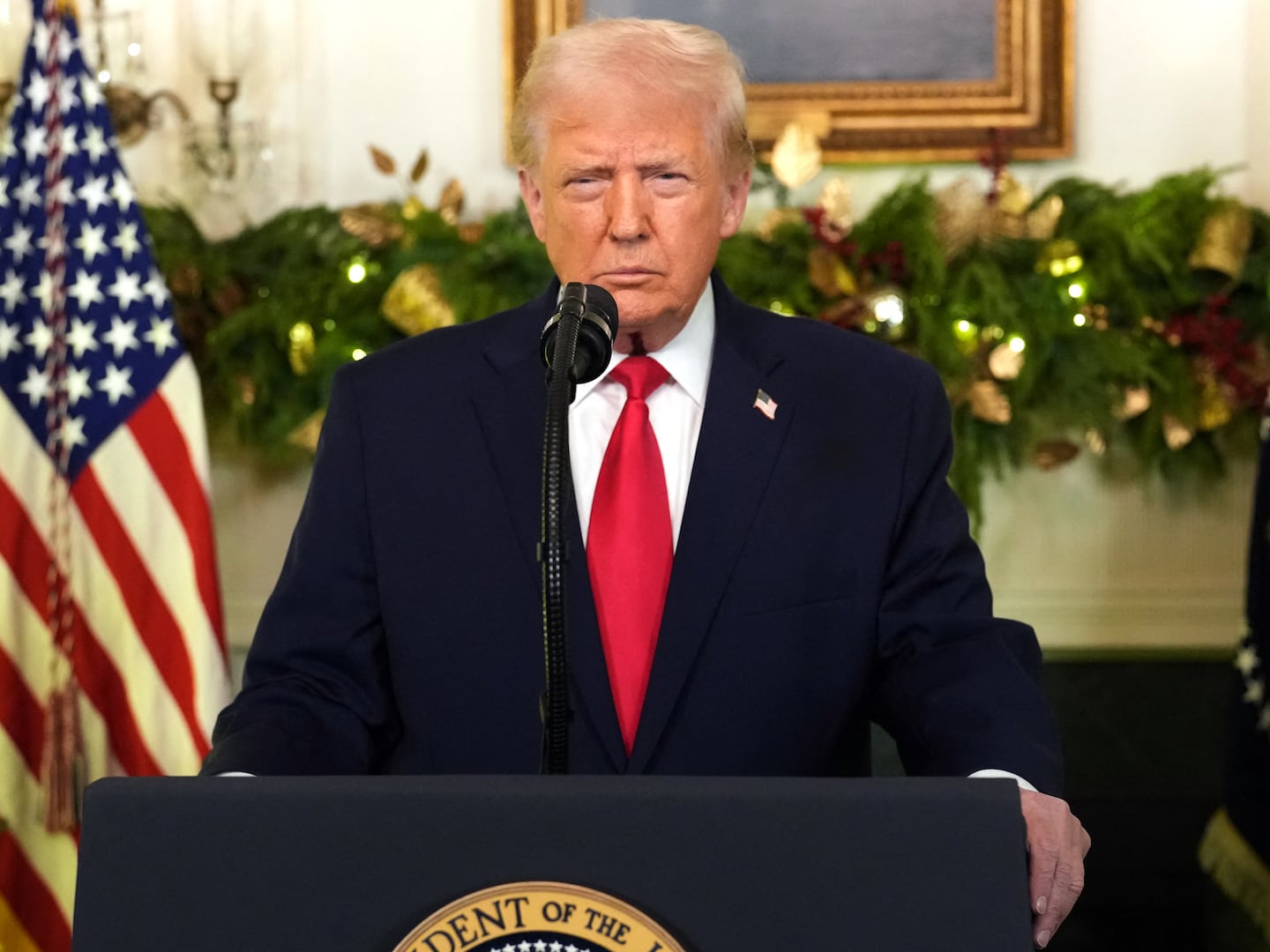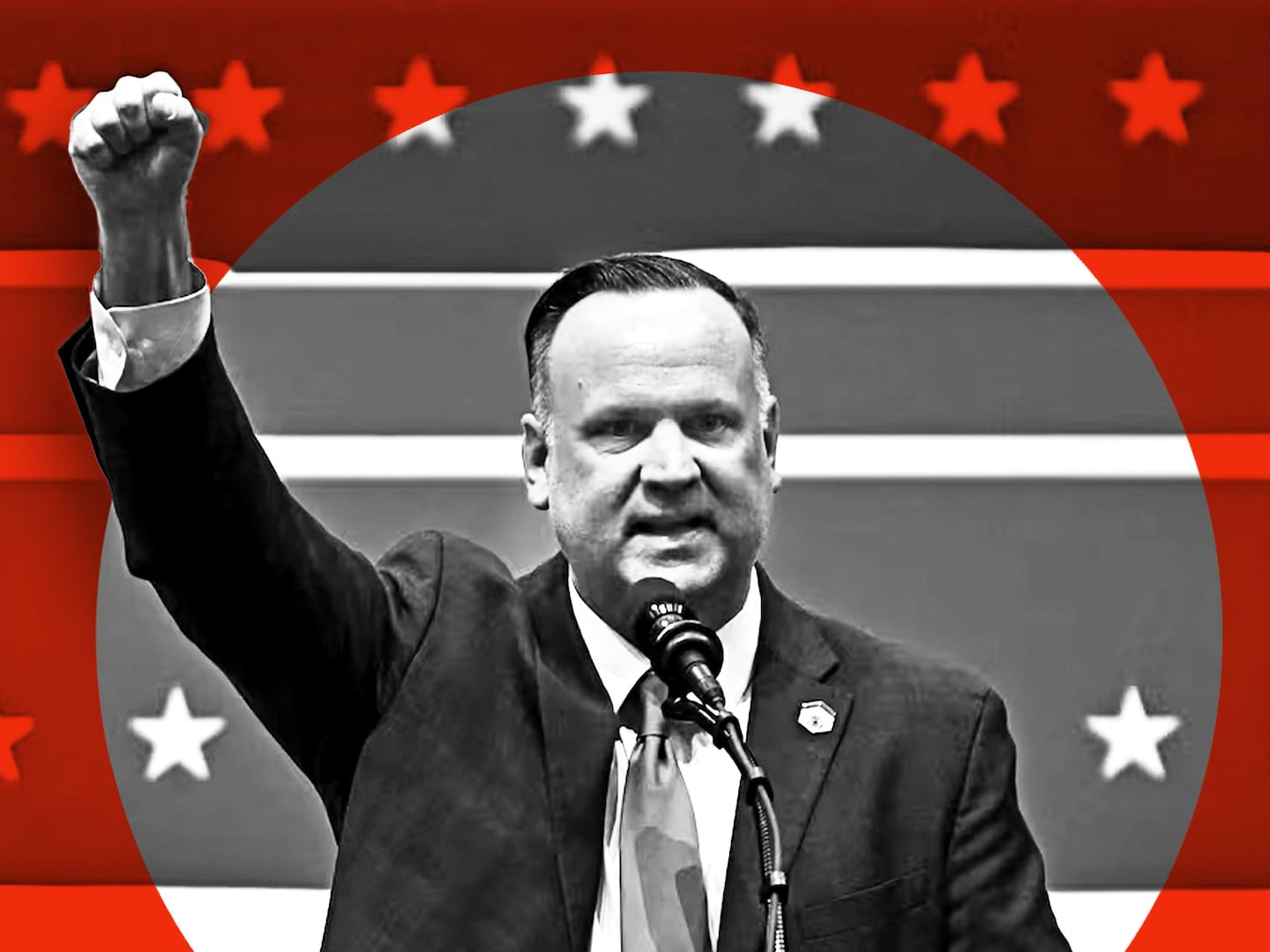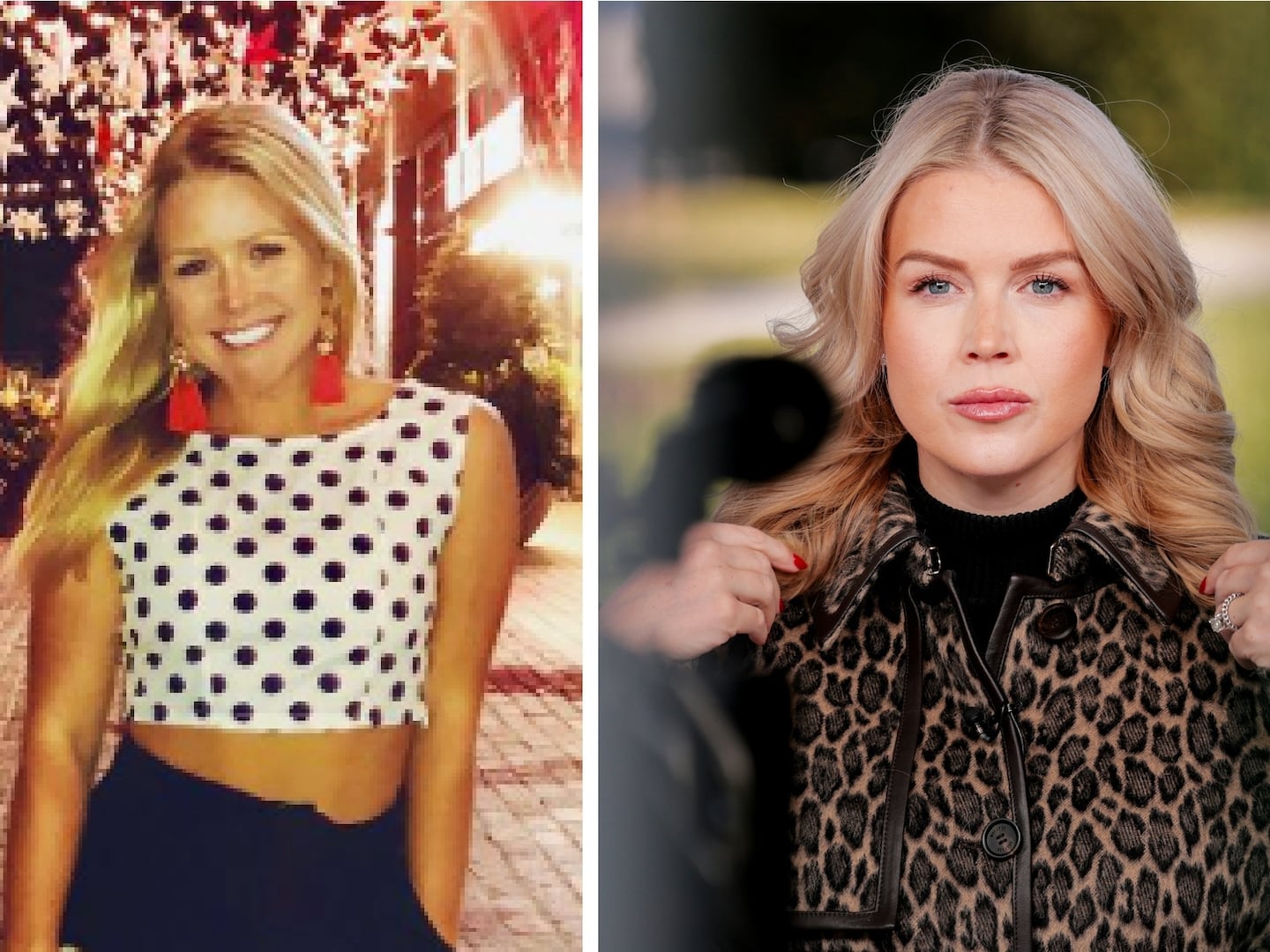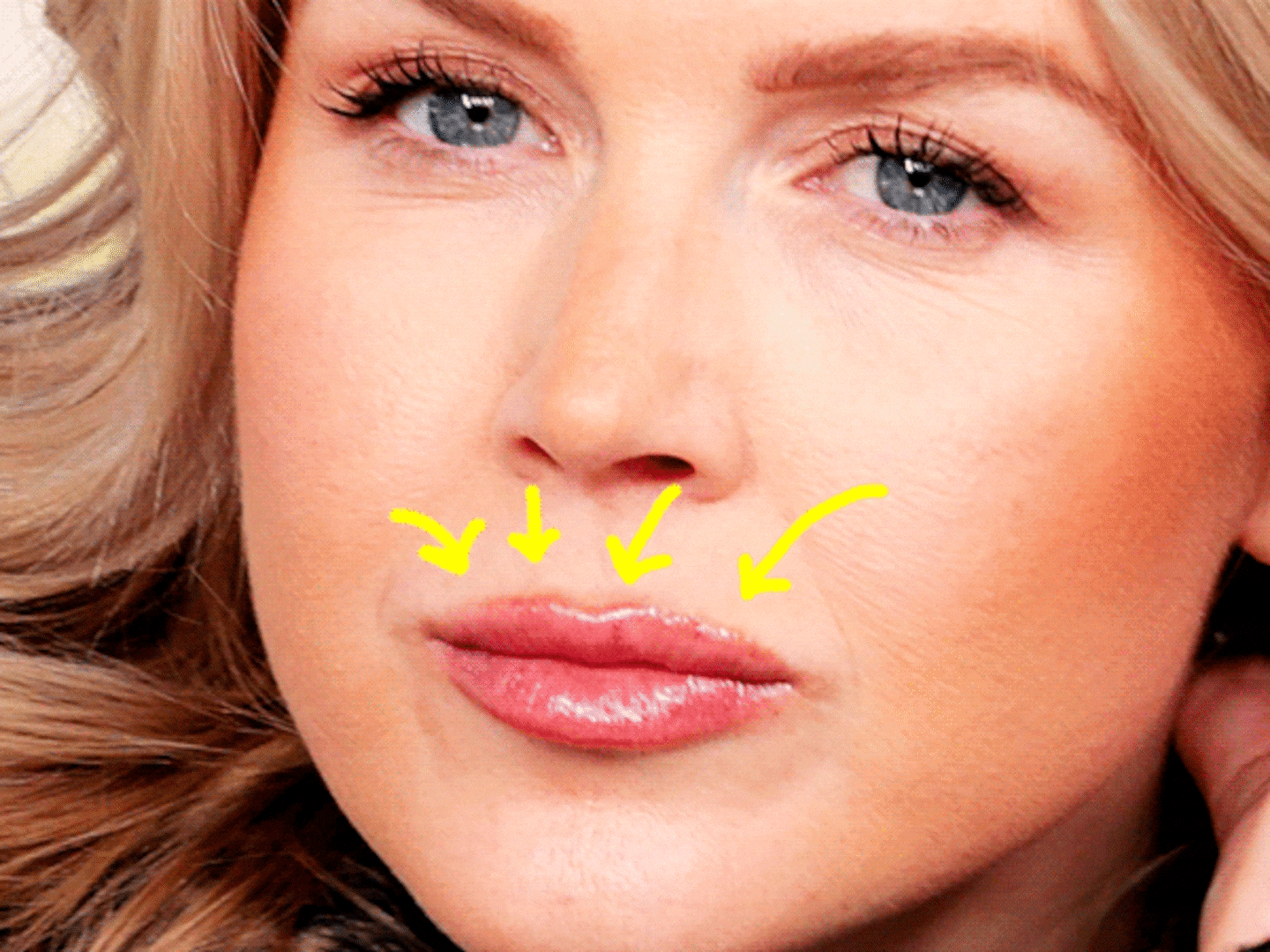A year ago, on Jan. 8, 2011, a man armed with a Glock 19 semiautomatic pistol killed six people and wounded 13 others, including Rep. Gabrielle Giffords, in a suburban shopping mall in Tucson, Ariz. The Glock, perhaps Austria’s most distinctive export in modern times, has turned up in a number of the worst mass shootings in U.S. history: Virginia Tech (32 dead in 2007) and Northern Illinois University (5 dead in 2008). Time and again, gun-control proponents have urged restrictions on Glocks or the large-capacity ammunition magazines they can accommodate—to no avail. In fact, efforts to curb the Glock and other weapons like it have had the opposite effect: to make them more appealing in the eyes of America’s tens of millions of gun owners.
In Glock: The Rise of America’s Gun, Paul M. Barrett tells the unlikely tale of the Glock’s invention in 1982 by an obscure Vienna curtain-rod maker and its rise to prominence in the richest gun market in the world: the United States. First adopted widely by American police departments that saw themselves as “outgunned” by cocaine gangs in the mid-1980s, the Glock swiftly gained popularity among homeowners, weekend target shooters, Hollywood directors, and gangsta rappers. As it spread, the durable, fast-firing pistol—its standard 17-round magazine replaced the six-round cylinder of the Smith & Wesson .38 revolver—thrived on controversy.
Barrett, an assistant managing editor with Bloomberg Businessweek, answered questions about his book:
The Glock is a relatively new gun, compared with Smith & Wesson and Colt. What set it apart?
Gaston Glock, who manufactured window fittings in a garage workshop outside Vienna, initially designed the pistol for the Austrian Army, which wanted a light, reliable, large-capacity weapon to replace its World War II–era Walther P-38. His innovative design, making heavy use of injection-molded plastic, fit all the criteria; plus it had a gentle, consistent trigger pull that turned poor shooters into accurate ones. Herr Glock then cleverly marketed these attributes to police departments in the United States.

How did Glock make the leap to the larger civilian marketplace?
Many gun owners like to use what their local cops are using. Plus, the Glock became an overnight star in the movies and television—tons of free advertising.
How did Glock score in Hollywood?
Not through paying for product placement, as many assume. Hollywood prop masters began casting the Glock as early as 1990 in Diehard 2 because of the gun’s darkly glamorous profile and futuristic look. Bruce Willis’s character in that movie had a famous soliloquy about the “Glock 7.” He called it “a porcelain gun made in Germany” that doesn’t show up on airport-security-screening machines. Every single thing in the script was factually wrong: There was no model called the Glock 7. The gun is Austrian, not German. It’s made partly from plastic, not porcelain. And it was detectable by X-ray machines. But gun owners were outraged by the perceived assault on Glock, and many of them ran out to buy one. Another segment of the entertainment industry—hip hop performers—also glommed onto the Glock. Snoop Dogg, Dr. Dre, Tupac Shakur—they all rapped about Glock, as have countless imitators. It rhymes with a lot of words useful to rap lyricists.
Meanwhile, there were multiple attempts to ban or restrict the Glock?
Some jurisdictions outlawed the Glock on the theory that it was just too dangerous. The 1994 assault weapons ban prohibited the Glock’s supersize magazines. None of it worked. The bans either had loopholes that Glock exploited, or gun-control proponents ultimately gave up because their claims were exaggerated. Being targeted made the brand a favorite with Second Amendment proponents. Today the gun-control movement generally appears to have run out of energy, in part because of these past failures and in part because violent-crime rates are falling, removing some of the impetus behind more restrictive gun laws. Glock continues to thrive commercially.
In this excerpt from Glock, Barrett describes how an early ban on the Austrian brand in New York City backfired:
In early 1986, the New York Police Department imposed a brand-specific ban on the Austrian gun, based on fears that had been fanned by muckraking journalist Jack Anderson that Glock would become a favorite of hijackers and other terrorists. This did not deter Glock’s tireless marketing chief Karl Walter, however.
In May 1986, a contingent of New York police trainers invited him to make an unofficial presentation at the department’s range at Rodman’s Neck. To Walter’s surprise, twenty firearm instructors showed up; he had brought only a handful of sample pistols. Not to worry, his hosts told him. Several had privately obtained Glock 17s and retrieved them from their lockers.
Walter took this as a promising sign: Some of New York’s top in-house firearm trainers were curious enough about what he was selling to spend their own money on the gun, and in the process violate the ban on possessing a Glock within city limits. That summer, with the prohibition still in place, the Emergency Services Unit of the NYPD, what other cities called SWAT, quietly ordered seventy Glock pistols—another hopeful development. Walter continued to press for a broader hearing in New York.
In June 1986, the limitations of the six-shot revolver were convincingly illustrated in a gunfight in Far Rockaway, Queens. Rookie NYPD officer Scott Gadell and his partner chased a gunman who opened fire on them. Gadell leaped for cover behind a stoop and shot back, emptying his .38-caliber Smith & Wesson. As he tried to reload, the gunman stepped forward and fired a fatal shot into the left side of Gadell’s forehead, just above the ear. The gunman fired a total of nine shots from a nine-millimeter semiautomatic. “Every cop knows about Scott,” a fellow officer later said. “He’s an example of a cop who did everything he was supposed to but ended up dying because of second-rate equipment.”

Then, in September 1988, the Associated Press landed a scoop that ricocheted around the city’s media and beyond: New York Police Commissioner Benjamin Ward was carrying a Glock 17 beneath his suit jacket! The New York Post teased the story on its front page and ran this punning all-caps headline:
TOP COP WARDS OFF BAN ON SUPER GUN
“Police Commissioner Benjamin Ward is licensed to carry a controversial plastic super-pistol that is banned in New York City,” the Post reported. “Ward can carry a state-of-the-art nine-millimeter Glock pistol, according to a copy of a renewal of Ward’s carry license, dated July 6.”
Caught flat-footed, the NYPD told the Post that “the Glock issued to Ward was ‘part of a controlled test.’” Since the department wasn’t very responsive, the newspaper sought others to describe the “super gun.” One was Dr. David Mohler, an orthopedic cancer specialist at Sloan-Kettering who said he had owned a Glock in California but had been discouraged from bringing it with him to New York because of the licensing ban. “The Glock,” Mohler told the paper, “is one of the best combat pistols you can find.”
“‘Super gun,’ can you imagine?” Karl Walter would muse more than two decades later. Shaking his head, he chuckled. “You can’t buy that kind of attention, not for $50 million, not for $100 million.”






